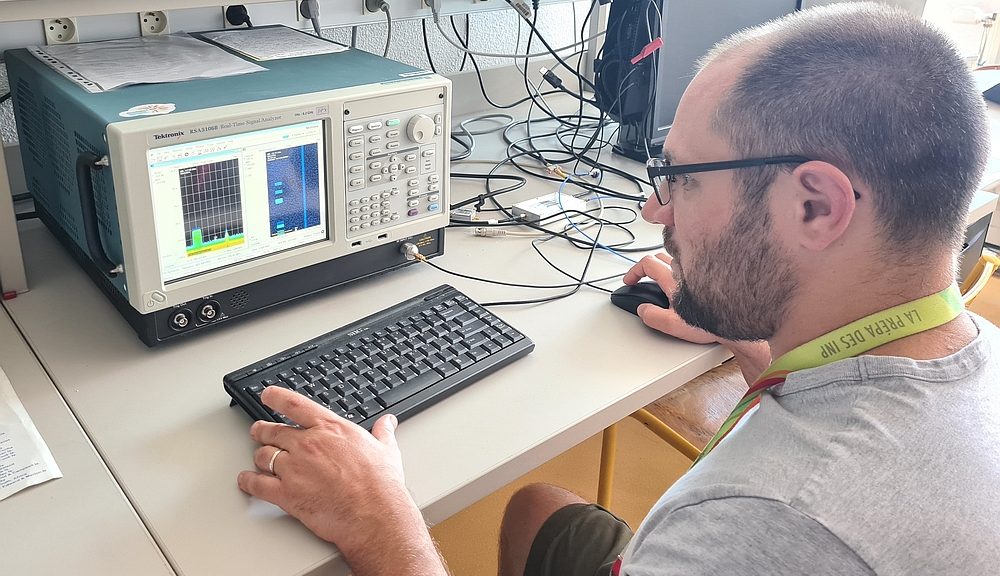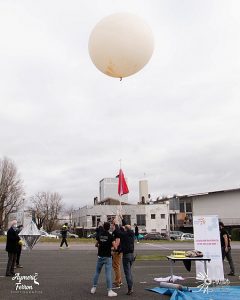- The École Nationale Supérieure d’Électronique, d’Informatique, de Télécommunications, de Mathématiques et de Mécanique (ENSEIRB-MATMECA) of the Bordeaux Polytechnic Institute (Bordeaux INP) has chosen a Tektronix RSA5000B spectrum analyzer.
- The analyzer is used to perform real-time measurements to validate the communication between a base station and an experimental balloon, simulating the transmission of signals with an orbiting nanosatellite.
The school conducted a series of experiments using the LoRa communication protocol to send and receive signals to and from a stratospheric balloon. LoRaWAN (Long Range Wide Area Network) technology was designed to provide very long distance, low power consumption wireless communication with sensors and other devices for Internet of Things (IoT) applications.
“The balloon project was designed to prove that our base station and protocol could communicate properly with nanosatellites and that the signals were well received. This was important because we may have to reconfigure the satellite and bring the data back to earth,” explain project leaders Anthony Ghiotto and Guillaume Ferré, associate professors at INP ENSEIRB-MATMECA, who are conducting their work at the IMS research center.
The Tektronix RSA5000 spectrum analyzer was chosen for its ability to capture signals in real time. This allows the professors and their students to pinpoint potential problems, and to know which direction of flight might be affected. “Conventional spectrum analyzers can’t measure short duration signals. Nor can they analyze these non-periodic signals. The RSA5000 measures the magnitude of the signals, which can be used to determine the distance and verify the flight path of the balloon, which can then be correlated with GPS data. This is something that other equipment is unable to do,” explains Anthony Ghiotto. The analyzer also ensured that the chosen frequency was free and that there would be no interference from other signals that could compromise the project.
The first experiment with the balloons resulted in signals over 200 km away, while in theory the signals can reach over 700 km. The deployment of a new system is envisaged to allow the reception of images in real time.
The first nanosatellite with which the school will communicate was launched in early May 2021. “We are in the process of completing our base station so that we are ready to communicate with it. The RSA5000 analyzer will therefore continue to be of great use to us,” says Anthony Ghiotto.
About INP Bordeaux
The INP Bordeaux groups together six public schools that deliver engineering degrees recognized by the Commission des Titres d’Ingénieur. ENSEIRB-MATMECA (École Supérieure d’Électronique, d’Informatique, de Télécommunications, de Mathématiques et de Mécanique) is an engineering school of the INP of Bordeaux, which trains engineers in five disciplines: electronics, computer science, telecommunications, mathematics and mechanics. These scientific and technical higher education programs are supported by four research laboratories and a research center.







